Why Asahi and Manchester City make a great team: we look inside the Japanese beer’s timely partnership with football’s reigning treble winners – and find out how Super Dry pilsner is being reimagined
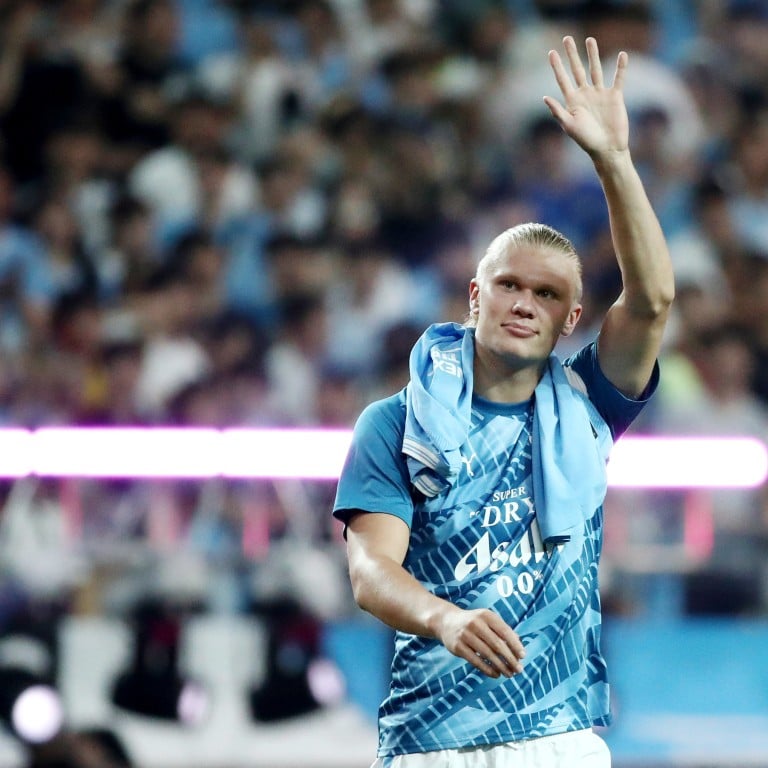
Japan’s bestselling beer might have already gone global – but we’d wager many more mouths will be gulping down Asahi lager in the months ahead. Sports fans are notoriously thirsty, after all, and last month Asahi Super Dry 0.0% was announced as official training kit sponsor of Manchester City Football Club – many people’s pick as the best football team in the world right now.
When the five-year deal was inked last year, Asahi execs could have only fervently hoped that City would close the 2022/23 season by becoming the second English club ever to win “the treble” of the Premier League, FA Cup and Uefa Champions League. Then, on August 16, they added the 2023 Uefa Super Cup to the pile, traditionally a form of curtain raiser to a new European football season.

With news that the first two of those trophies would be in Tokyo to mark the partnership, we jumped on a Japan-bound flight in late July to visit the home of Asahi, and find out more about its most timely collaboration with 2023’s most-decorated football club.
Why did football star Cristiano Ronaldo invest in watch marketplace Chrono24?
Inside the Super Dry factory
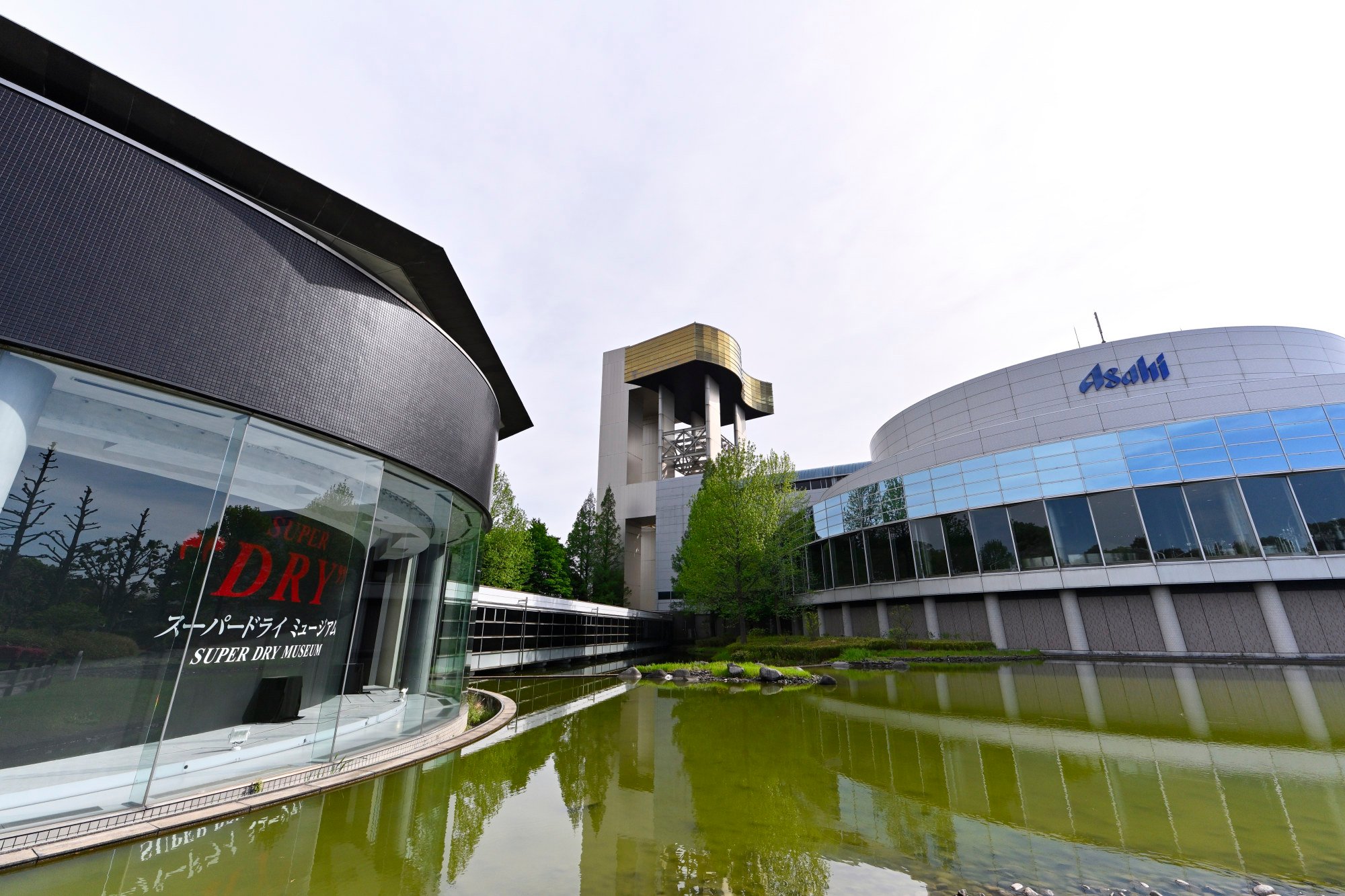
The Asahi group is a veritable behemoth that owns a dozen brands, from Wonda ice coffee and Nikka whisky to competing beers Peroni and Pilsner Urquell. It also produces a range of beers bearing the Asahi label, but it’s the flagship Super Dry that is most associated with the brand.
Our first stop? Finding out where that hoppy brew comes from. Style paid a visit to the biggest of the brand’s five breweries at Moriya, in Ibaraki prefecture north of Tokyo – a sprawling facility which produces a mouthwatering 5.9 million cans of beer a day. Amazingly, it claims to be entirely carbon neutral.
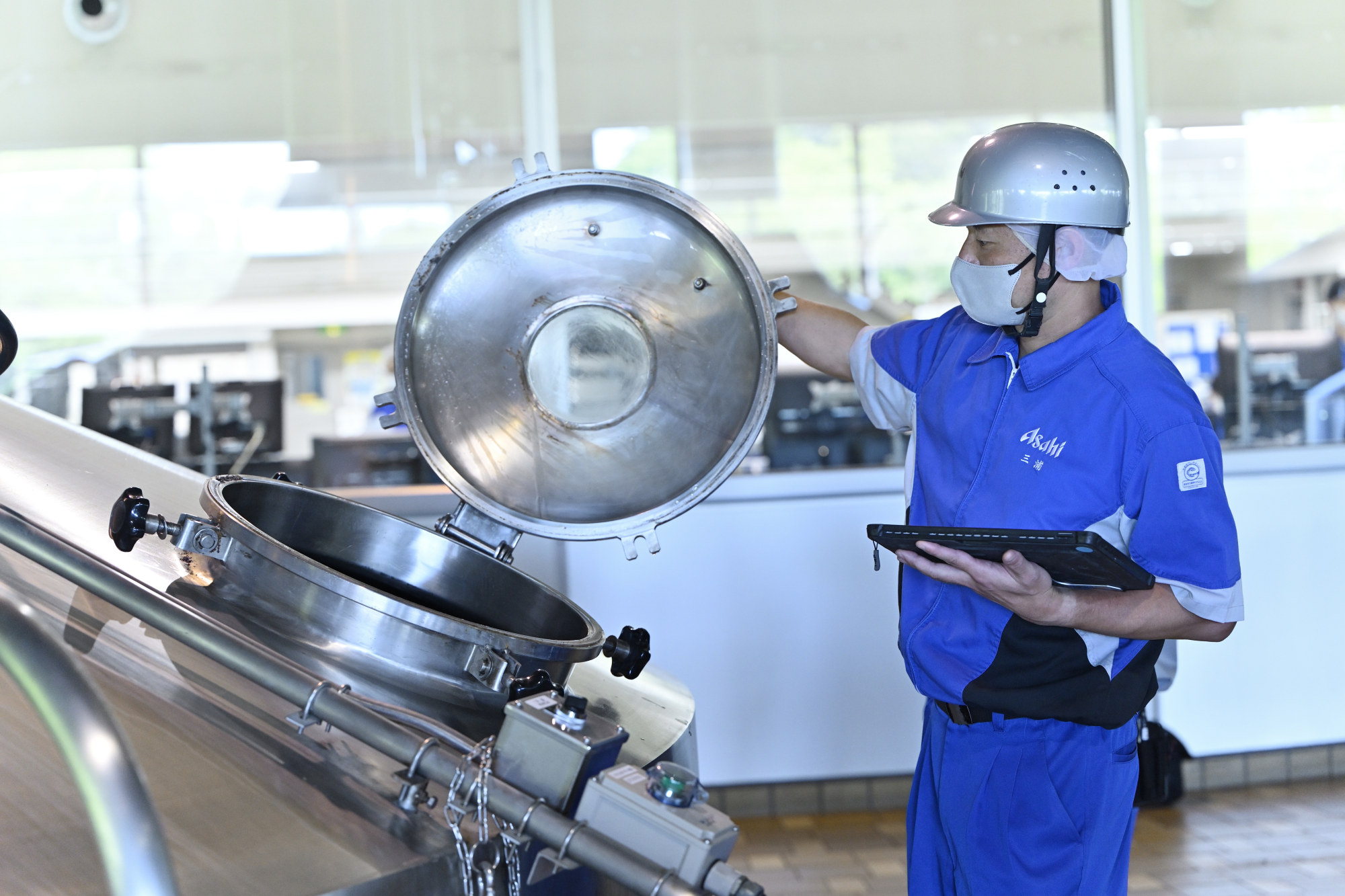
As well as tracing the beer’s rapid ascent since being launched in 1987, the earnest and authoritative Asahi Super Dry Museum even includes a hi-tech 6D cinema ride where viewers take the simulated journey of a beer can through the factory, complete with puffs of air and splashes of water.
IRL, the most fun job on the production line clearly goes to the quality control team, who are charged with tasting one in every 20 batches. Ideal for company happy hour? Nope. Fun fact: the tasters are tasked with this crucial step at 11am, right before lunch, as a hungry palate is apparently the most acute.
6 celebrity kids with extravagant luxury watches, from Rolex to Richard Mille
The taste test: Asahi vs Heineken

At the tour’s outset, our guide promised our museum visit would answer the question of “why is Asahi so delicious”. A bold claim, perhaps, but our tasting masterclass with Gota Iribe, Asahi brand advocacy master, was as conclusive as it was brave.
First we tried a popular European Pilsner, which left that typical heavy, bitter aftertaste lingering in the mouth (officially unidentified, it tasted a lot like global bestselling Heineken to this seasoned palate).
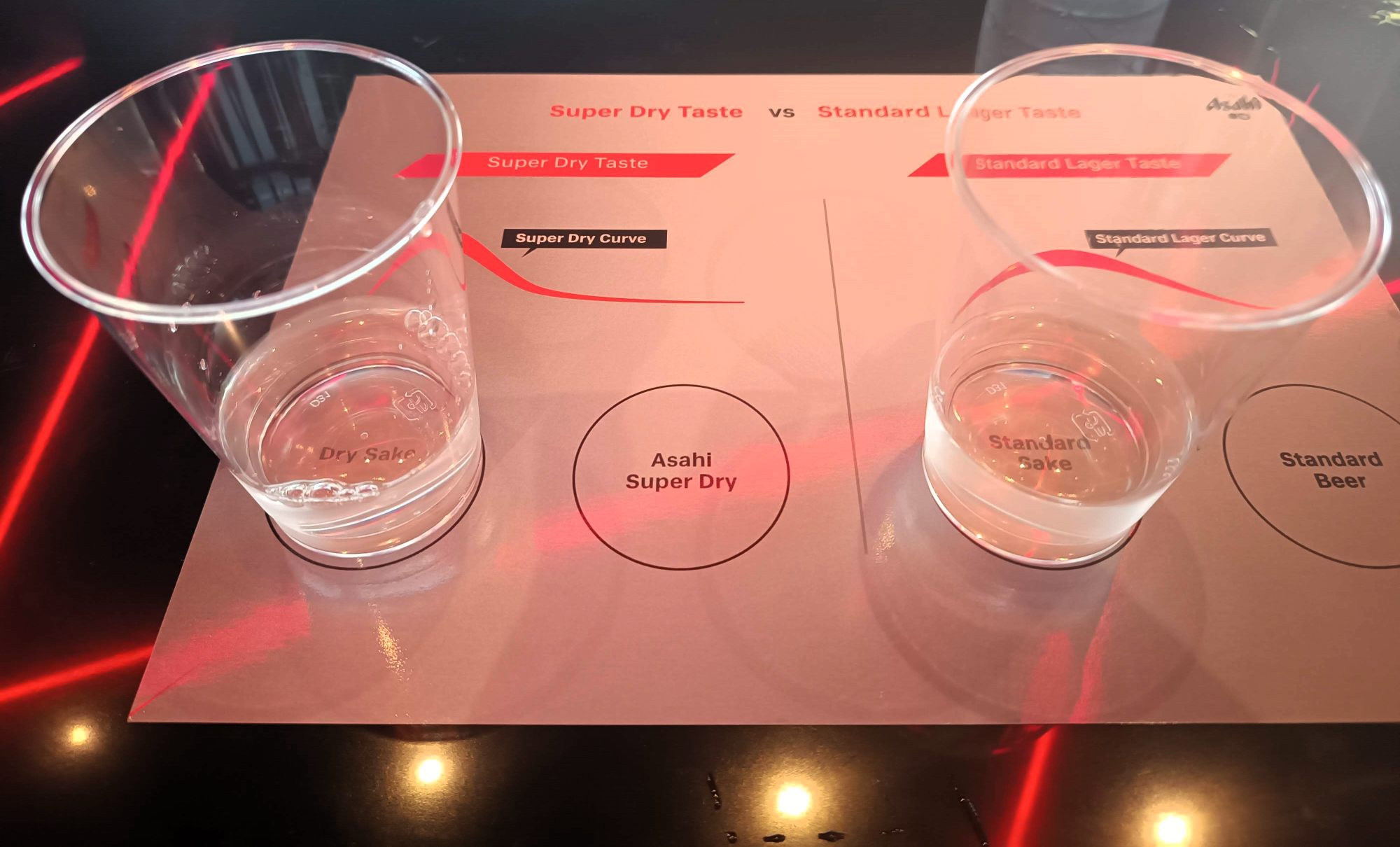
By contrast, when we sipped Asahi Super Dry, the taste was sharp, clean and precise, but quickly disappeared from the palate. So what’s the secret? Sake. Yes, as in the classic Japanese spirit made from fermented rice.
To demonstrate, we were served a typical sake, which left a bitter aftertaste – while a dry sake offered a strong, sharp taste peak, that quickly evaporated. Asahi set out to emulate this distinctly Japanese profile, hence the beer is called Super Dry.
So how do they do it?
Cheers! 20 celebrities who own alcohol brands, from Drake to Kendall Jenner
Meet the master brewer
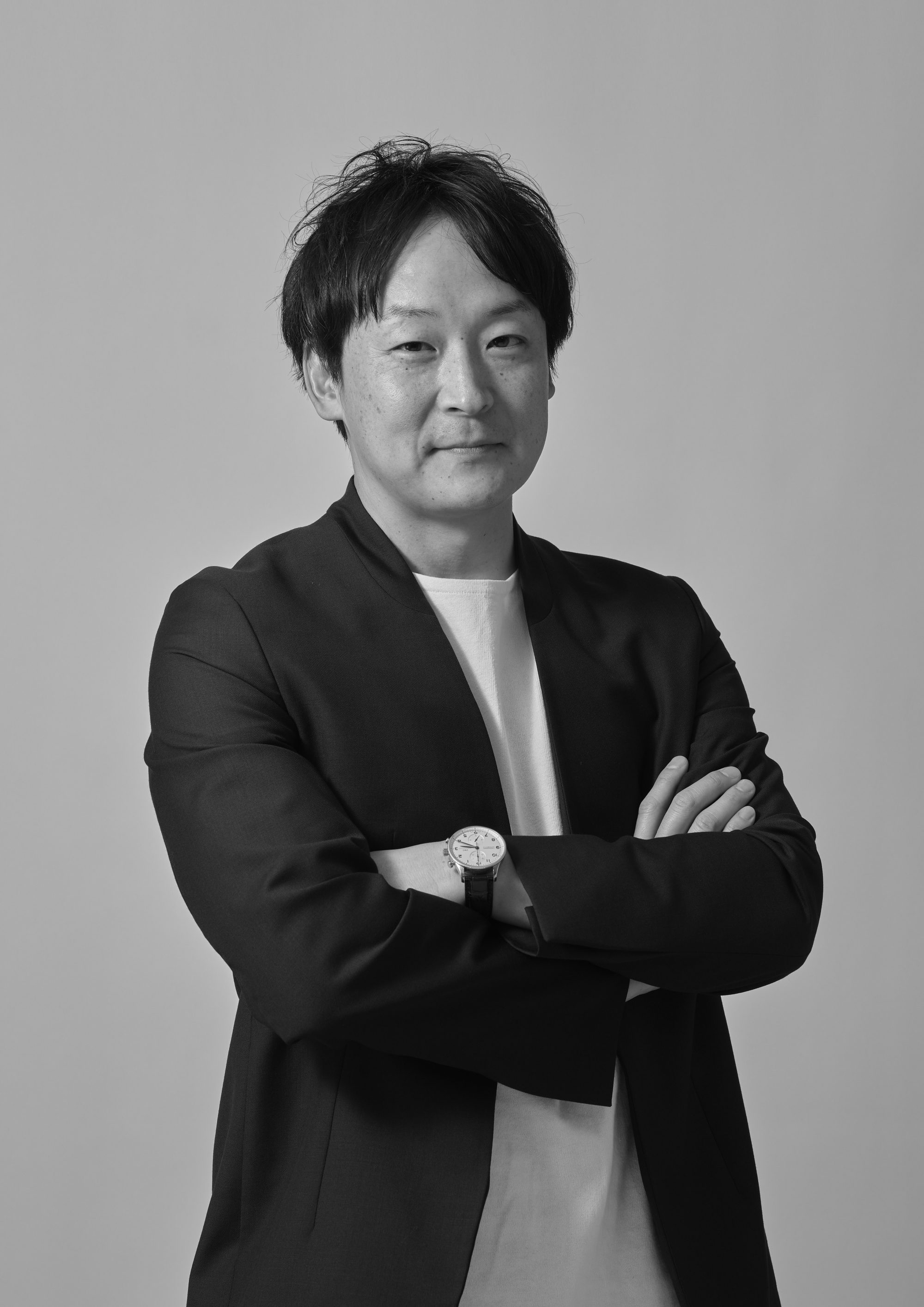
To find out more, we cornered global chief brewer Jun Kubota to get answers. “It’s very subtle. People can taste the hop right away, but it’s not a big sensation. It’s different levels of taste,” says Jun. “That’s very Japanese – very subtle layers of flavours.”
It turns out Asahi have been carefully refining their recipe and now a new “2.0” take, already in circulation in Japan, is being quietly rolled out across the region to markets including Hong Kong, Taiwan, Singapore and mainland China.
Asahi Super Dry 2.0: what’s new?

The major change, Jun says, is adding the hops twice to both strengthen the lager’s sharper initial taste peak and its cleaner aftertaste. And the key to it all is the critical Yeast 318 – so named because of an internal selection process where this strand was picked out of a reported 1,000 options.
Why Italy invented the aperitif – a pre-dinner drink with a difference
“To strengthen the aroma and flavour is easy to do – you just have to add more [hops] – but what we’re doing is how to achieve a clean finish,” adds Jun, who has worked for Asahi since graduating in 2006.
This taste arc serves two purposes – with minimal aftertaste, it pairs well with any food, and it makes it easy to keep drinking more. And more. And more.
As Man City might say, success breeds success.
Do beer and professional sports really mix?

As well as the shirt sponsorship deal, last year Man City and Asahi signed a five-year global partnership. But in today’s uber-professional world, booze and professional sports are not the most obvious combination – and it’s notable that it’s Asahi’s alcohol-free brew that graces City’s shirts.
So do Premier League footballers really knock back a few beers post game? Was there much Asahi fuelling City’s treble celebrations in the locker room? “Yeah, it’s only normal. If you’ve worked as hard as they have, you need to wind down at some point,” said former Man City winger Shaun Wright-Phillips while visiting Tokyo last month. “You need to switch off a bit just to make sure you come back fresh.”
Inside the Man City connection

While it might sound like marketing speak, there’s at least two things the brands have in common – namely boundless ambition and restless expansion.
Just over a decade ago, Asahi was little known globally and Manchester City hadn’t won the British league since 1968. Following substantial investment, especially from kit and stadium sponsors Etihad Airways, the Blues have won six of the last 10 Premier League titles.
Hong Kong to Macau: inside David Beckham’s triumphant Chinese comeback
Its big-business, post-global ownership model has helped changed the game: MCFC were the first club in the City Football Group – today a conglomerate of 13 teams that spans the world and employs 2,000 professional players, collectively talent farmed, and easily tradeable between the group’s clubs. This network means Asahi is also official beer partner to three more clubs in the group: Japan’s Yokohama F. Marinos, China’s Sichuan Jiuniu and Australia’s Melbourne City.

The deal is clearly paying off – as evidenced by the 68,000 fans who turned up at Tokyo’s National Stadium last month to see Man City edge European rivals Bayern Munich in a preseason friendly (and Style was there!) It’s likely that a decade ago most of the thousands in the crowd wearing City’s blue kit wouldn’t have given the team a second thought.
“The experience of working with Asahi is spectacular. We have so many fans, we sold out the tickets in no time, we sold all our merchandise,” says Ferran Soriano, CEO of the City Football Group. “We’ve seen the passion of Japanese fans, this is a home for us.”
But what about the fans back home?

There might be no more passionate group of beer drinkers than British football fans. The partnership means that for the past year only Asahi-owned beers have been sold at City’s home Etihad Stadium – a possibly controversial state of affairs for loyal supporters?
Meet sumo legend Takanohana Koji, back in the spotlight thanks to Sanctuary
“I must say I was a bit concerned about the reaction of the fans in the UK, knowing the market for football fans, and beer in particular is a very important part,” admits Soriano. “The response was 20 per cent more sales … more sales, more consumption, at a higher price … that speaks very highly of Asahi. We’ve been able to convince our clients, in England, in a football environment, at the Etihad where price is so important, that it’s worth paying more for quality.”

- Last season, MCFC became the second English club ever to win the ‘treble’ of the Premier League, FA Cup and Uefa Champions League – and beat Sevilla to win the Uefa Super Cup on August 16
- Did Erling Haaland and co celebrate by knocking back some beers? We visited Tokyo’s Asahi Super Dry factory to sample the new ‘2.0’ brew, quietly rolling out in Hong Kong, Taiwan, China and Singapore